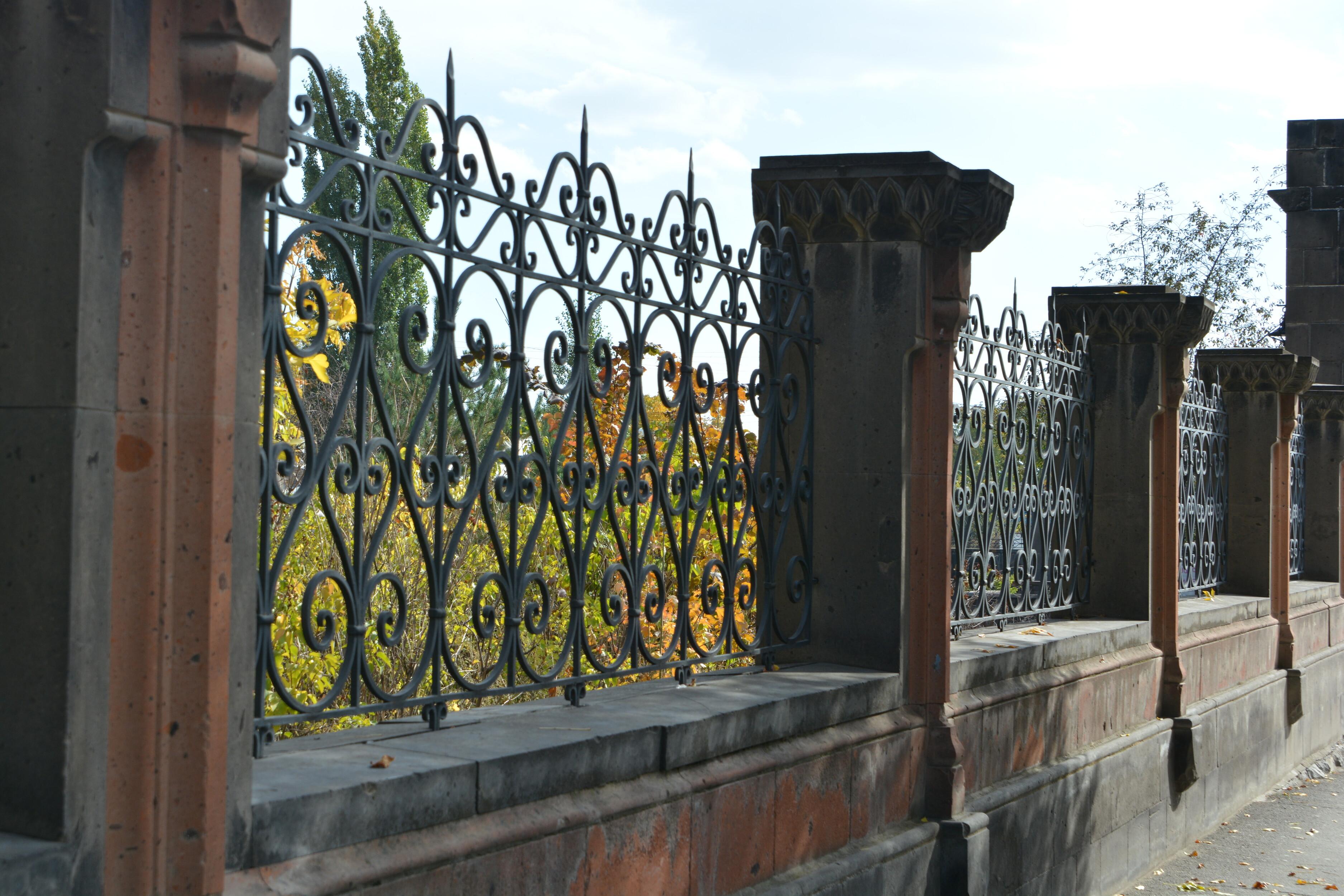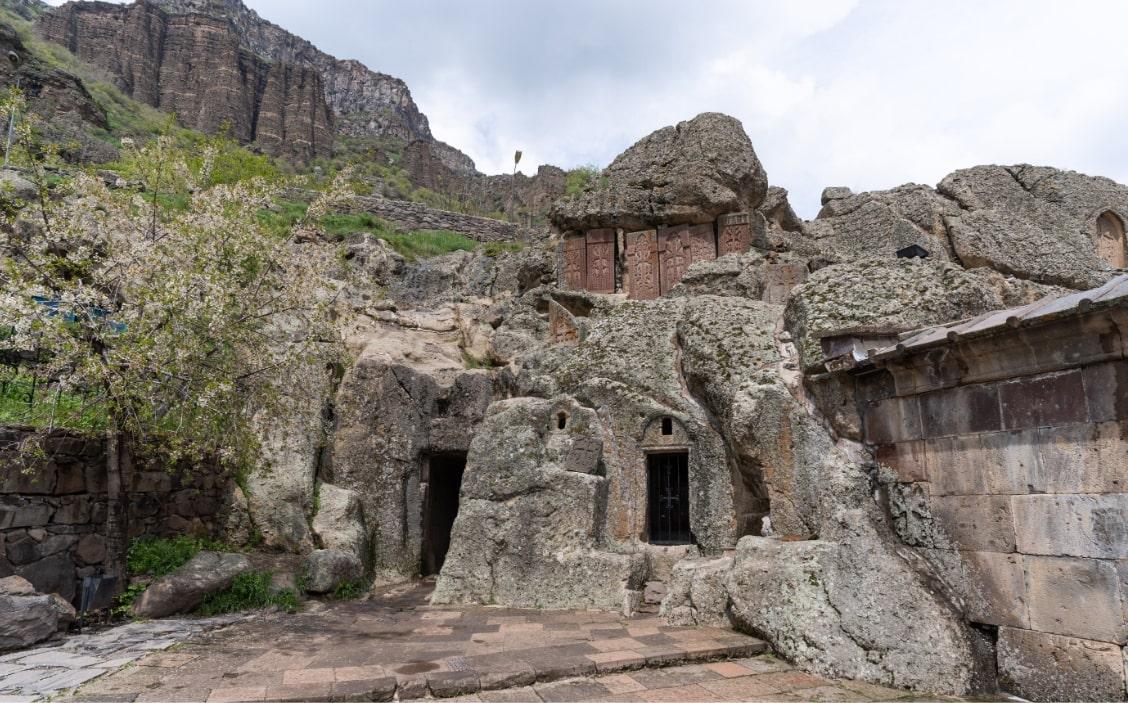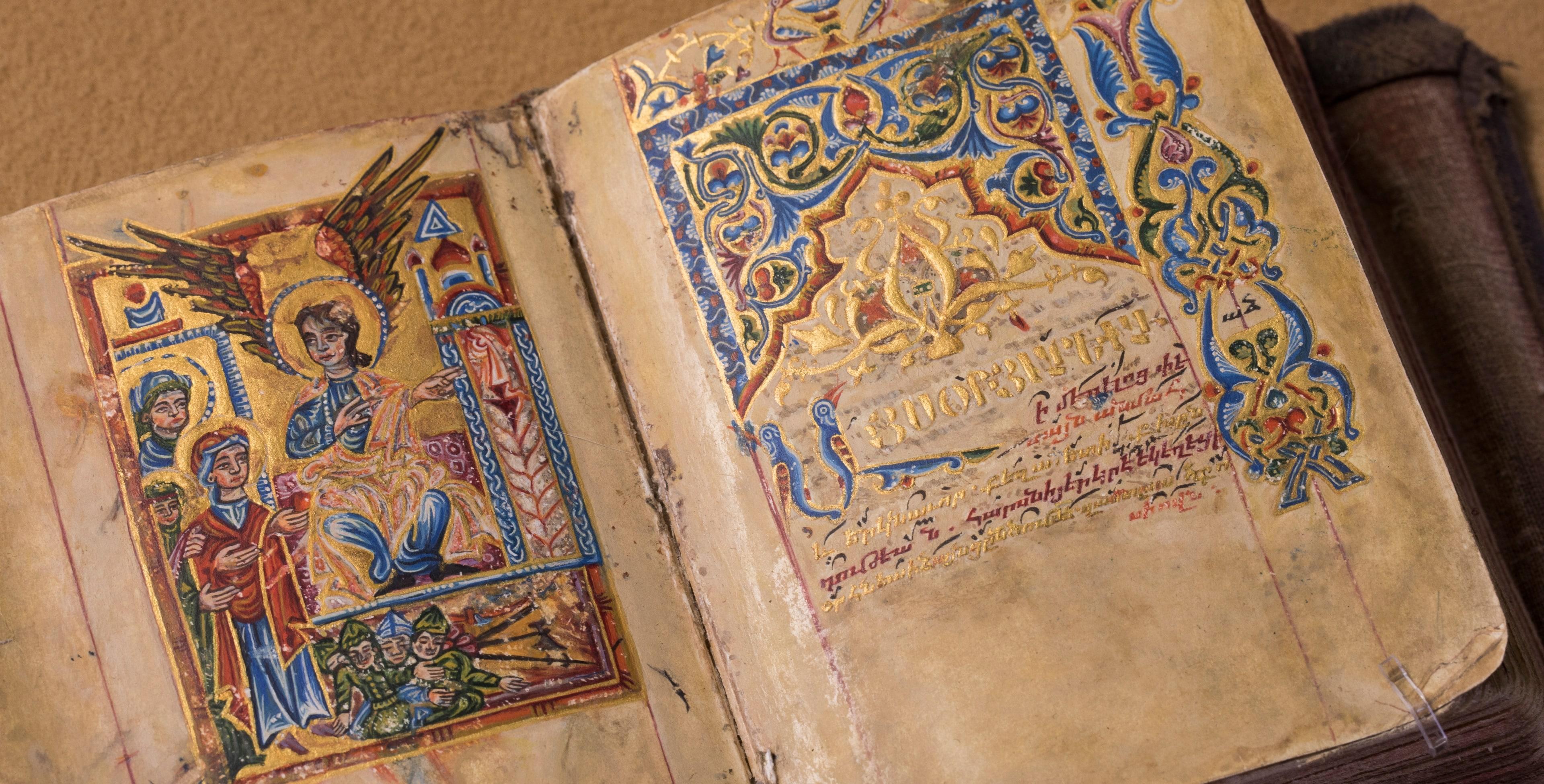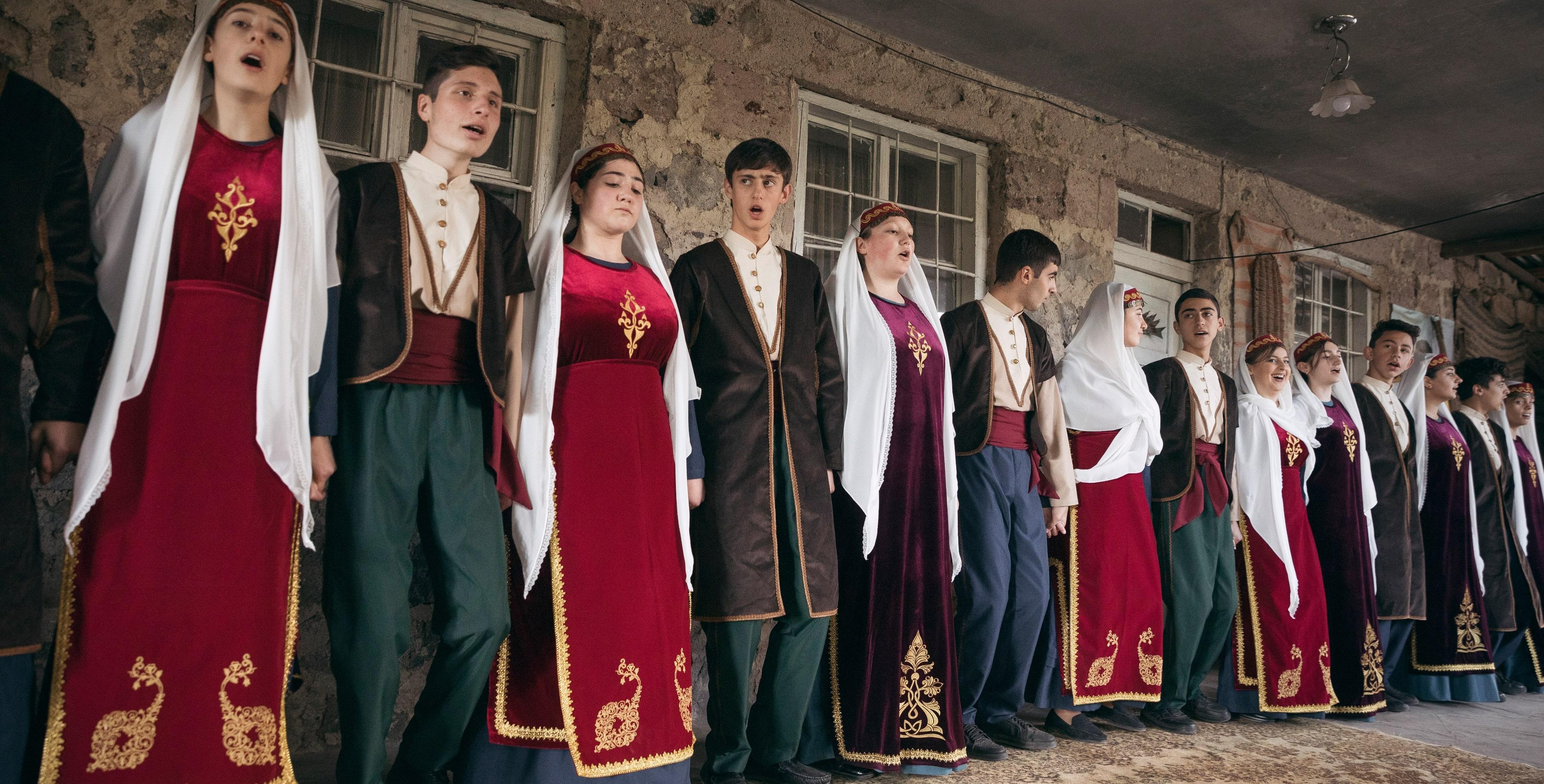Lavash, the Preparation, Meaning, and Appearance Bread as an Expression of Culture in Armenia
Region
Yerevan

A small group of women comes together near the ‘tonir’ (traditional conical clay oven) to perform the ritual preparation of lavash.
This thin bread is a vital part of the local cuisine. As a symbol of prosperity in Armenian culture, lavash has been the go-to food in all parts of Armenia, both in the highlands and lowlands. Lavash is a traditional thin bread that forms an integral part of Armenian cuisine. Its preparation is typically undertaken by a small group of women, and requires great effort, coordination, experience and special skills.
A simple dough made of wheat flour and water is kneaded and formed into balls, which are then rolled into thin layers and stretched over a special oval cushion that is then slapped against the wall of a traditional conical clay oven. After thirty seconds to a minute, the baked bread is pulled from the oven wall.
Lavash is commonly served rolled around local cheeses, greens or meats, and can be preserved for up to six months. It plays a ritual role in weddings, where it is placed on the shoulders of newlyweds to bring fertility and prosperity. The group work in baking lavash strengthens family, community and social ties. Young girls usually act as aides in the process, gradually becoming more involved as they gain experience. Men are also involved through the practices of making cushions and building ovens, and pass on their skills to students and apprentices as a necessary step in preserving the vitality and viability of lavash making.



